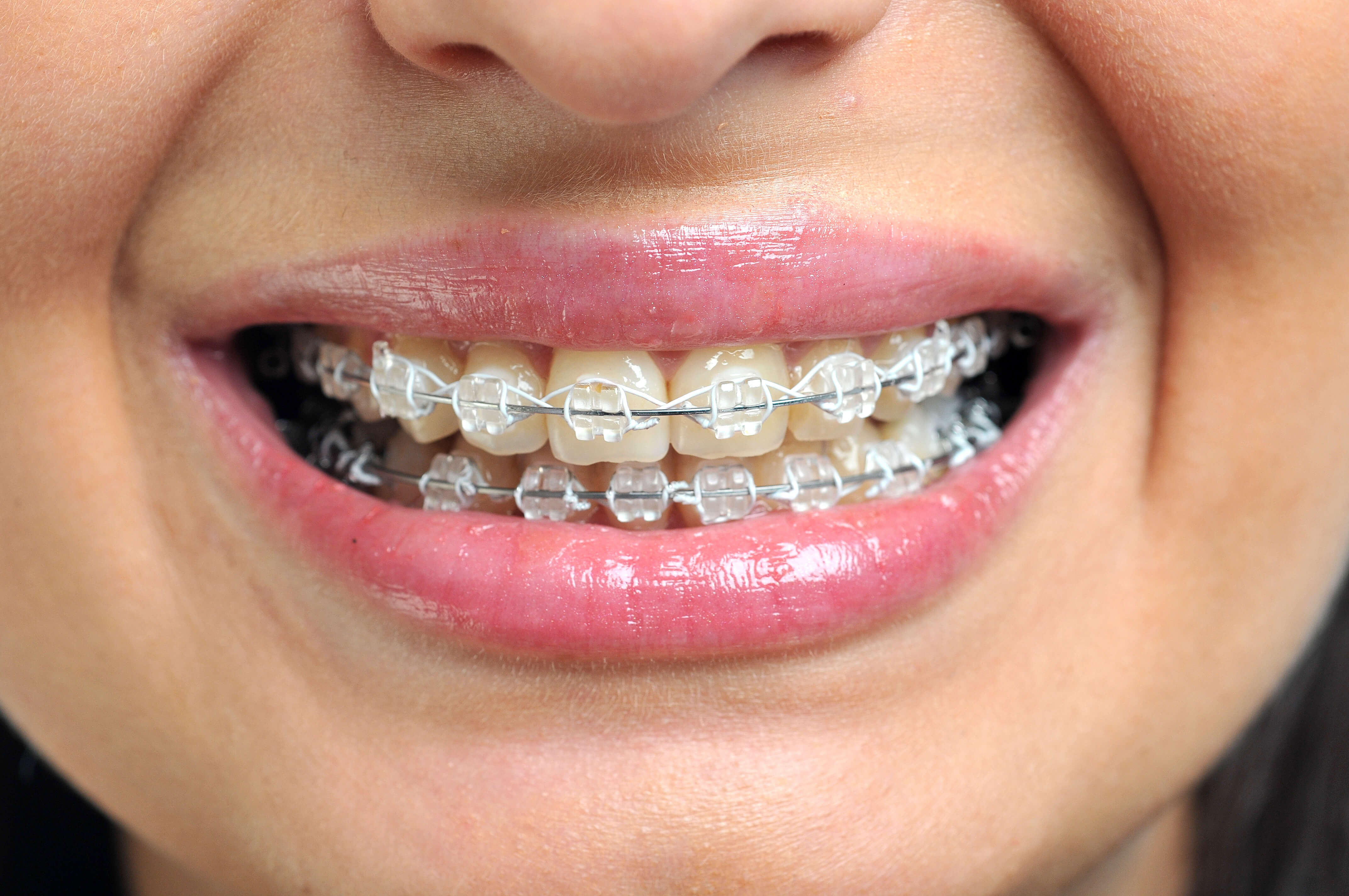

It is important to understand the basic tenants of biology and physiology and to know how and where to move the teeth. It is not only about making a beautiful smile. It is important to understand that there are many factors that go in to orthodontic treatment. I hope that this section of the ART Orthodontic Blog has been informative and educational. However, broken brackets disturb the balance designed in the system of braces and archwires and can create undesirable movements or delay tooth movement. If the answer is yes, cut your food into pieces before eating or simply avoid eating them until your treatment is completed. So, before you bite into anything, think about weather or not it would break the bond of brackets with your teeth. Foods that are hard can impart enough pressure to give the energy to break the bond between brace and tooth. Any food that is too hard, too chewy, or too sticky can compromise the bonding of the resin and detach your brackets from your teeth. That is why, your orthodontist recommends avoiding certain food during your orthodontic treatment. Like any other adhesive, applying excessive force can sheer off the bond and result in detachment of brackets from the tooth surface. So the bond strength is designed to be weak enough that the braces can be “broken off” without damaging the tooth. Now if that bond were too strong, the enamel of the tooth would be damaged. And when braces are removed, they are clicked off with use of an orthodontic plier and the mechanical bond between the tooth and brace is broken. Braces have to be taken off at the end of treatment.

The bonding process of the teeth is reversible. You may be advised to wear elastics that hook on your teeth in different areas and directions to help align your bite. Gaps may be opened up with use of coil springs to create spaces around narrow teeth for reshaping by your restorative dentist. Gaps may be closed with use of “powerchains” which are elastic ties that are attached together. Sometimes, your orthodontist makes some bends in the archwires to move certain teeth in different directions. When the gate is closed, the wire is held in place.ĭuring the adjustment (tightening) visit, your orthodontist decides if a different shape, size, or material of archwires should be inserted into the brackets or the elastics are re-tied like your shoelaces to allow certain movements happen in your teeth. Self ligation brackets have built-in “ties” in the form of a gate.


Those are the colorful ties that you choose every time you come in for adjustment visits! With a tube bracket no extra tying in of the wire is needed and the wire is held in place firmly after it is inserted.Ĭonversely, twin brackets support the wire in their slots with little elastics wraps around the wings to hold the wire in place. Tube brackets are generally used for the back teeth since the molar teeth are difficult to access and there are heavy bite forces. The tube bracket holds the wire after the wire is inserted. The ends of archwires pass through and are held in place in orthodontic “tubes”. Orthodontic brackets have different components including a “slot” to hold the wires and “wings” and “hooks” to hold ties or other attachments such as elastics.


 0 kommentar(er)
0 kommentar(er)
